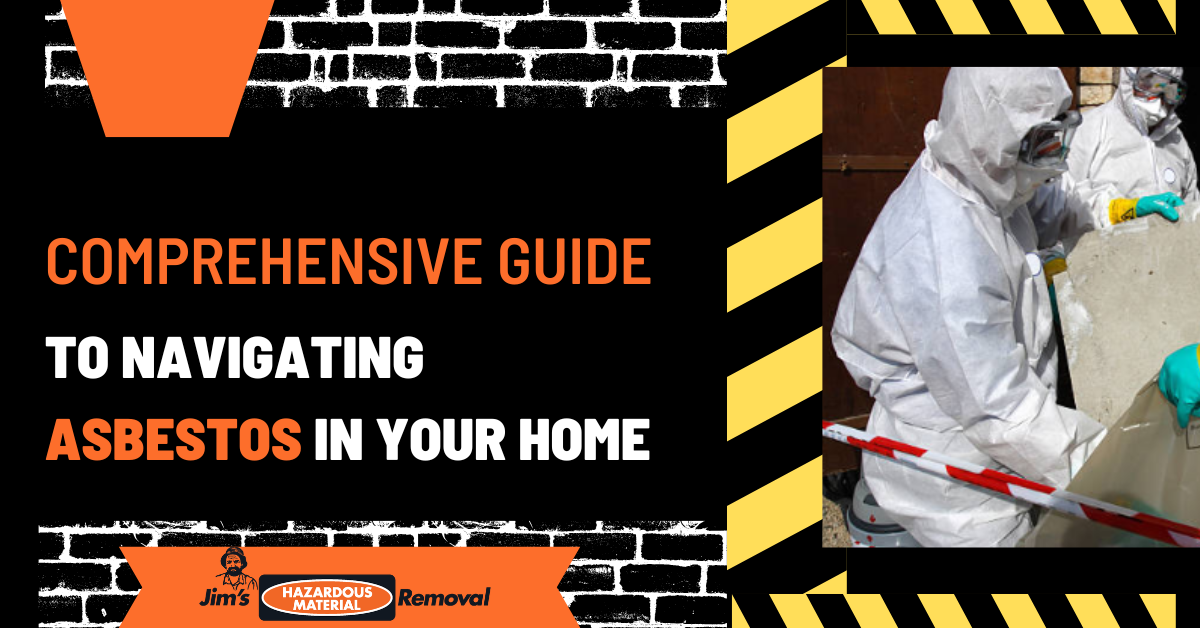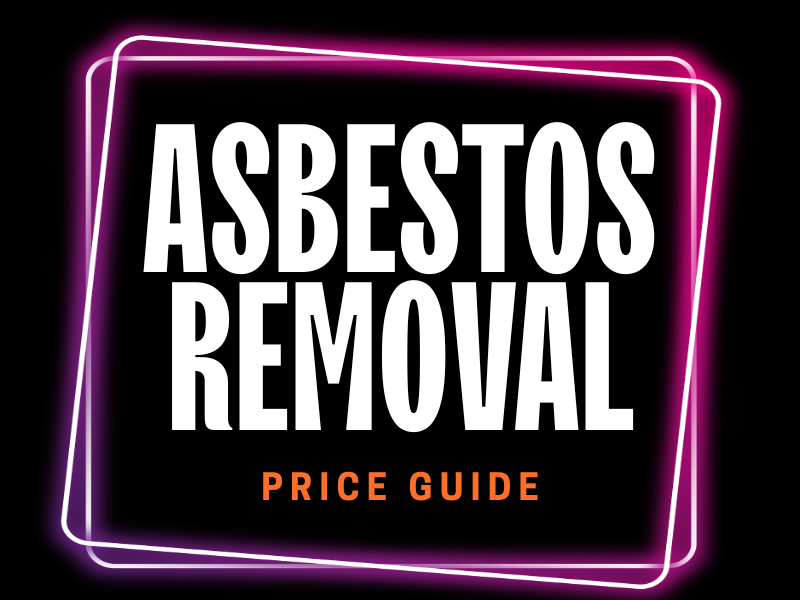
Introduction
Asbestos is a material that has been widely used in construction for decades, but its presence in homes can pose serious health risks if not properly managed. Here at Jim’s Hazardous Material Removal, we here to take you on a comprehensive tour of where you can expect to find asbestos in your home, and provide you with the knowledge and tools to identifying asbestos in your home.
Understanding Asbestos
Asbestos is a naturally occurring mineral that was once prized for its durability, heat resistance, and insulating properties. It was commonly used in a wide range of building materials, from roofing and siding to insulation and flooring. However, the health risks associated with asbestos exposure, particularly the increased risk of developing lung cancer and other respiratory diseases, have led to its widespread ban and strict regulations around its handling and removal.
If you come across asbestos in your home you can give us a call on 131 546 for a FREE quote to have it removed!
Identifying Asbestos in Your Home
The first step in managing asbestos in your home is to identify where it might be present. Here are some of the common places you can expect to find asbestos:
Exterior of the Home
- Roofing and Siding: Asbestos-containing materials were often used in the production of corrugated roofing sheets and siding panels.
- Concrete Paths and Driveways: Asbestos was sometimes used as a filler in concrete, so be cautious when jackhammering or removing these surfaces.
Interior of the Home
- Walls and Ceilings: Asbestos-containing materials were commonly used in drywall, plaster, and ceiling tiles, particularly in homes built before 1987.
- Electrical Switchboards: Asbestos was often used to insulate electrical components, including fuse boxes and switchboards.
- Flooring: Vinyl floor tiles and the backing or adhesive used for these tiles may contain asbestos.
- Bathrooms: Asbestos-containing materials were frequently used in bathroom walls, ceilings, and under floor tiles.
- Kitchens: Asbestos-containing materials were sometimes used in kitchen walls, cabinets, and tile backsplashes.
- Insulation: Asbestos was commonly used as insulation for pipes, boilers, and other heating and cooling systems.
Assessing the Condition of Asbestos
Once you’ve identified the potential presence of asbestos in your home, it’s important to assess its condition. Asbestos that is in good condition and not disturbed poses little risk, but any damaged or deteriorating asbestos-containing materials should be addressed immediately.
To determine the condition of the asbestos in your home, it’s recommended to have a professional asbestos inspection and condition report conducted. This will provide you with a comprehensive assessment of the asbestos present, its condition, and any necessary remediation measures.
Handling Asbestos Safely
If the asbestos in your home is found to be in good condition and not posing an immediate threat, you may be able to leave it in place and simply monitor its condition over time. However, if the asbestos is damaged or you plan to disturb it during a renovation, it’s crucial to handle it safely and in compliance with local regulations.
Here are some key tips for safely handling asbestos in your home:
- Avoid Disturbing Asbestos: Do not attempt to remove, sand, or otherwise disturb any asbestos-containing materials yourself. This can release asbestos fibers into the air, which can be inhaled and cause serious health problems.
- Hire Licensed Professionals: When it comes to asbestos removal or remediation, always hire licensed and certified asbestos abatement contractors. These professionals have the proper training, equipment, and procedures to safely handle and dispose of asbestos-containing materials.
- Use Proper Protective Equipment: If you must be in the vicinity of asbestos-containing materials, be sure to wear a high-quality mask or respirator, protective clothing, and gloves to minimize your exposure.
- Contain the Area: When asbestos-containing materials are being removed, the work area should be properly contained and sealed off to prevent the spread of asbestos fibers to other parts of the home or the surrounding environment.
- Dispose of Asbestos Properly: Asbestos-containing materials must be disposed of in accordance with local and federal regulations, typically at a licensed hazardous waste facility.
Preparing for Renovations
If you’re planning a renovation on a home that was built before 1987, it’s crucial to have an asbestos inspection and condition report conducted before any work begins. This will help you identify the presence and location of any asbestos-containing materials, as well as their condition, so that you can take the necessary precautions to handle them safely.
When working with a contractor or tradespeople, be sure to inform them of the presence of asbestos and provide them with the details from the asbestos inspection report. This will ensure that they are aware of the risks and can take the appropriate measures to protect themselves and your home during the renovation process.
Conclusion
Asbestos is a serious concern for homeowners, but with the right knowledge and precautions, it can be managed safely. By understanding where to look for asbestos in your home, assessing its condition, and following proper handling and disposal procedures, you can help in identifying asbestos in your home and protect yourself and your family from the health risks associated with asbestos exposure.
Remember, knowledge is power when it comes to dealing with asbestos. Be sure to consult the Asbestos Awareness Campaign’s comprehensive database for more information and resources on navigating asbestos in your home. With the right approach, you can safely tackle any asbestos-related challenges and enjoy a successful renovation or home improvement project.







